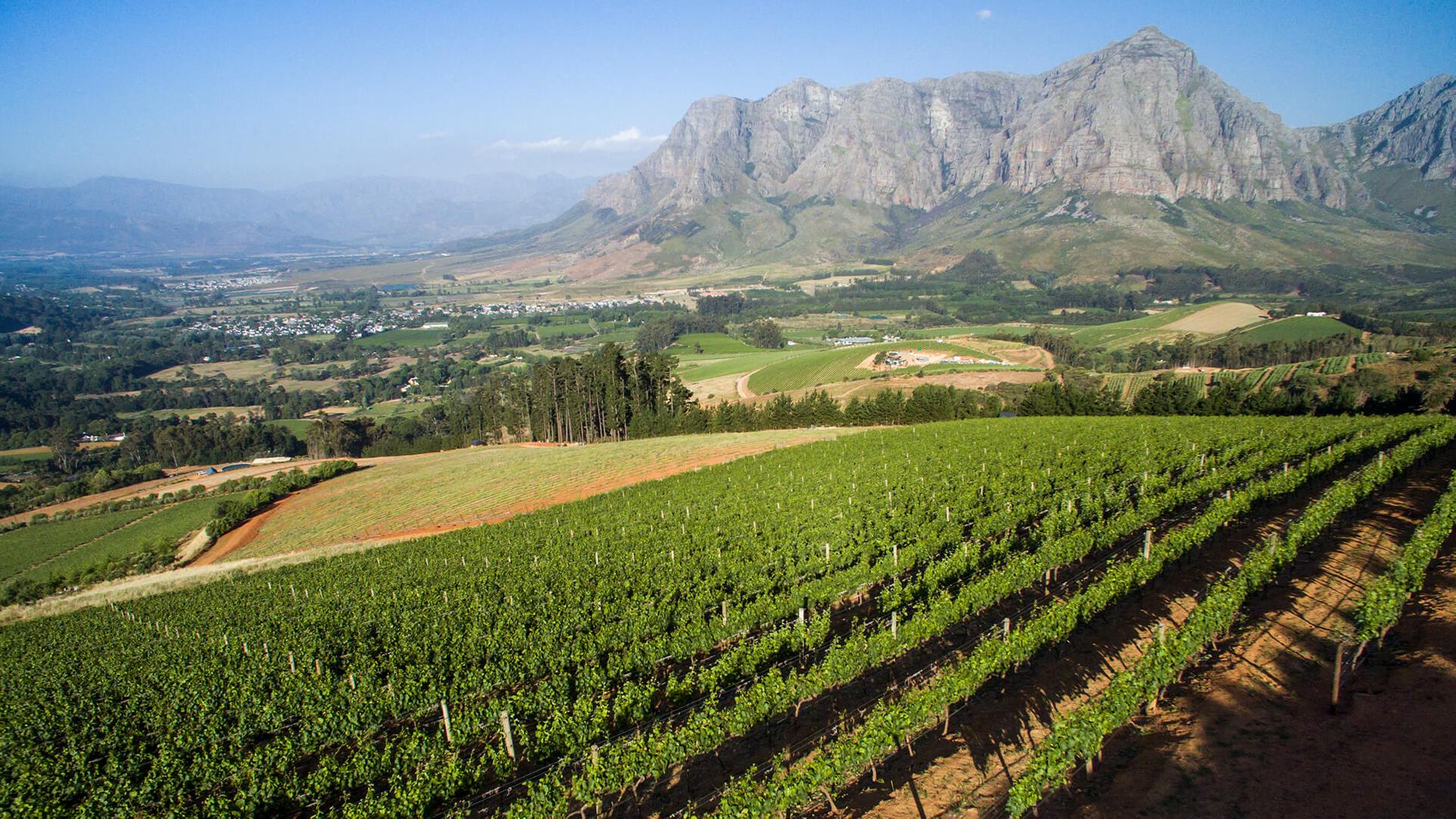Vineyards
A 400 year grape-growing history leads to a contemporary renaissance of terroir-driven wines.
A 400 year grape-growing history leads to a contemporary renaissance of terroir-driven wines.
South Africa’s Cape of Good Hope has long been known as ideal for grape growing. This winemaking history dates back more than three centuries, to the 1600s, when the vineyards supplied wine to Dutch East India Company ships en route to India. In the 1700s and early 1800s, South Africa was known for its Muscat-based Constantia dessert wines, which were coveted throughout Europe. Then came the late 1800s, when the root louse phylloxera obliterated South Africa’s vineyards, as it did vineyards elsewhere in the world. Unfortunately, the sites often were replanted with high-production, low-quality grape varieties.
With the end of apartheid in 1994 and the opening of the world export market, South Africa’s remarkable wine-growing potential slowly became better known outside the country. To realize this potential, viticulturists began researching and selecting the best grape varieties for each site’s soils and mesoclimate. In the search for the best Chardonnay sites, the focus of Capensis has been on the Stellenbosch, Overberg, and Robertson regions in the Western Cape. Philosophically, Capensis is not limited to these regions—the only limitation is the quality of the individual vineyard site.

